Global biodesign competition
Here is a global biodesign competition. Their mission is to not only spread the importance of biodesign but also to implement its technology into everyone’s daily life.
Learn more (opens external site)
News, Cut all meat production to save the planet
A scientific study published by a UC Berkeley professor (Michael B. Eisen)and a Stanford University professor has called for the elimination of all meat production in order to cut the amount of greenhouse gas emissions and help prevent global warming.
The study details that the resulting drop in methane and […]
MIT ocean and mechanical engineers are using advances in scientific computing to tackle challenges such as microplastics, algae blooms, coral bleaching, and rising temperatures.
The team is developing and using numerical simulation approaches to explore the design space for underwater devices that have an increase in […]
News – Lockheed Martin Is Reprogramming Cells To Bioproduce New Materials
Cells form the cornerstone of life, and Lockheed Martin (NYSE: LMT) is researching ways to create the building blocks of novel materials. In a new cooperative agreement with the Army Research Laboratory, Lockheed Martin material scientists will work with industry and Army scientists who design microbes to edit single-cell organism DNA. […]
This bio-inspired glue can seal wounds in just 15 seconds
Researchers and engineers have designed an innovation biocompatible enough to seal wounds and stop bleeding. This innovation is inspired by the “sticky stuff” barnacles use to cling to rocks and can form a tight seal quickly in challenging environments and/or surfaces. With this innovation, there could be casting improvements in traumatic wound care and save […]
Abstract
A grand challenge facing society is climate change caused mainly by rising CO2 concentration in Earth’s atmosphere. Terrestrial plants are linchpins in global carbon cycling, with a unique capability of capturing CO2 via photosynthesis and translocating captured carbon to stems, roots, and soils for long-term storage. However, many researchers […]
Bio-mimicry of polar bear fur offers insulation
Inspired by the microstructure of polar bear hairsand how they provide heat insulation in an inhospitable environment, Chinese researchers have developed an insulator that reproduces the structure of individual hairs in a synthetic material. As the properties of polar bear hair work to prevent heat loss, they are a useful model […]
Researchers at Harvard and Emory University created a biohybrid fish using paper, plastic, gelatin, and two muscle layers. These muscle layers were created from human cardiac cells. The design of the model fish was based on zebra fish, with a muscle layer on either side of the […]
Center for Bioinspired Engineering, California Institute of Technology
This research organization has members from many different areas of expertise like Aerospace, Bioengineering, Biology, Chemistry, Computing and Mathematical Sciences, and Mechanical Engineering. The organization strives to use solutions found from nature to solve technological challenges. This organization focuses on wind energy, flow control, propulsion, and biomedical devices.
Lotus Leaf-Inspired Self-Cleaning Bioplastic Created
Researchers from the Royal Melbourne Institute of Technology, a public research university in Melbourne, Australia, have taken bioinspiration from lotus leaves to develop a self-cleaning bioplastic that is sturdy, sustainable, and compostable. Water-repellant lotus leaves give way to the flower’s seemingly clear surface. As such, the RMIT team gathered starch and […]
BioInspired Design, Integrative Biology, INTEGBI 160 Evolution
This is a course offered by UC Berkeley’s Integrative Biology department. It addressed an analysis of the patterns and processes of organic evolution. History and philosophy of evolutionary thought; the different lines of evidence and fields of inquiry that bear on the understanding of evolution. The major features and processes of […]
Peacock Feathers Inspire Opal-Like Smart Sensors
An international team of scientists has developed an innovative opal-like material inspired by butterfly wings and peacock feathers. Graphene’s reaction to such conditions include changing color from green to blue when stretched and turning transparent when heated. Regularly interspersing a tiny amount of the “wonder-material” graphene throughout their polymer-based opals unlocked […]
INTEGBI C145 Animal Communication
Communication is central to the lives of most, if not all animals. How and why animals communicate is thus central to understanding the ecology, behavior, neurobiology, and evolution of animal systems. This course will focus on understanding the basic principles driving the communication system of a species, drawing together topics ranging from the physical properties […]
Trees’ vascular systems are vital to their survival, serving as a delivery mechanism which transport water and other essential mineral nutrients throughout the tree. In a case of bioinspiration, a research team at the Beckman Institute for Advanced Science and Technology sought to mimic vascular systems through a chemical process in foamed polymers. By doing […]
With the implementations of new technologies in creating soft robotics, one significant challenge to their development has been the ability to exert effective forces of control. The following study looks towards the Octopus (Octopus vulgaris), specifically noting how it can manipulate its limbs to crawl and grasp objects. To test the […]
In conjunction with Emory University, researchers from Harvard designed an artificial zebrafish from human cardiac cells. The fish’s swimming pattern resembles a heartbeat, and researchers hope to use this as a stepping stone towards developing an entirely artificial heart. It utilizes two layers of muscle; when one side opens, the other […]
Defective mitochondria — the ‘batteries’ that power the cells of our bodies — could in future be repaired using gene-editing techniques. Scientists have now shown that it is possible to modify the mitochondrial genome in live mice, paving the way for new treatments for incurable mitochondrial disorders.
Bioinspired Soft Microactuators
Soft actuators have the potential of revolutionizing the field of robotics. However, it has been a long-standing challenge to achieve simultaneously: i) miniaturization of soft actuators, ii) high contrast between materials properties at their “on” and “off” states, iii) significant actuation for high-payload mechanical work, and iv) ability to perform diverse […]
News, Lotus Leaf-Inspired Self-Cleaning Bioplastic Created
Inspired by the lotus leaf, researchers have developed a self-cleaning bioplastic that is sturdy, sustainable and compostable. Researchers described the design process for this plastic by explaining: “We designed this new bioplastic with large-scale fabrication in mind, ensuring it was simple to make and could easily be integrated with industrial manufacturing […]
Bio. Discoveries Translated into Devices
Scientists have developed the first fully autonomous biohybrid fish from human stem-cell derived cardiac muscle cells. The artificial fish swims by recreating the muscle contractions of a pumping heart, bringing researchers one step closer to developing a more complex artificial muscular pump and […]
News, Nanofoam discovered in pollen could power cars and save lives
Researchers from the Natural History Museum have “worked alongside a group of materials scientists to investigate the properties of the pollen wall, including its smoothness, flexibility and chemical makeup. These were then compared between modern and fossilised pollen.
The researchers found that the pollen walls contained a significant amount of calcium, […]
How a Kingfisher Inspired a Bullet Train
Like in many cases, the inspiration of a kingfisher bird for Shinkansen trains was rooted in a problem that needed to be solved. People realized that Shinkansen trains were very loud, and although they were fast, this was an issue causing a lot of disturbance. In order […]
News, Diamond structure responsible for starfish strength
Abstract: Beneath a starfish’s skin lies a skeleton made of pebbly growths, called ossicles, which mostly consist of the mineral calcite. Calcite is usually fragile, and even more so when it is porous. But the hole-riddled ossicles of the knobby starfish (Protoreaster nodosus) are strengthened through an […]
The wood skeletons of cholla cacti, subject to spartan desert conditions and hurricane force winds, provide a new template for torsionally resilient biological materials. Selective lignification and macroscopic tubercle pore geometry contribute to density-efficient shear stiffness, while mesoscopic wood fiber straightening, delamination, pore collapse, and fiber pullout provide extrinsic toughening mechanisms. […]
Human-Centered Design, Design Innovation, DESINV 98, UC Berkeley
The Human-Centered Design DeCal is an intro to design theory and practice, focusing on human-centered design and digital interfaces. The class meets weekly to have discussions, invite guest speakers, engage in activities that develop fundamental design skills, work towards a semester-long user research/design project. The course is offered every semester, this […]
National American Association for Environmental Education, American
As a force multiplier for environmental education, NAAEE is committed to promoting excellence in the field and expanding the reach and impact of our collective work. Through signature programs, advocacy, conferences, and other activities, NAAEE works with partners across North America and beyond, to advance our mission of accelerating environmental literacy […]
News, Biologists investigate smallest propeller on Earth
Scientists have discovered new information about the tiny propellers used by single-cell organisms called archaea.
Learn more (opens external site)
Jacobs Institute for Design Innovation, UC Berkeley
The Jacobs Institute for Design Innovation is the University of California, Berkeley’s hub for learning and making what is at the intersection between design and technology. They provide a range of opportunities from hands-on team-based learning, to courses to co-curricular offerings. Jacobs strives […]
Paper
It is vital to ramp up crop production dramatically by 2050 due to the increasing global population and demand for food. However, with the climate change projections showing that droughts and heatwaves becoming common in much of the globe, there is a severe threat of a sharp decline in crop yields. […]
This paper talks about how technologies are using insects and human eye inspired designs to make technologies that can effectively navigate to mars. They are using these to be able to observe ephemeral phenomena in mars and be able to predict things like “dust storms in real […]
Fellows work to address real-world challenges, engage with communities to understand needs, and develop viable solutions alongside industry and community partners through design. The Fellowship’s learner-centered approach allows students to co-design their experience from crafting course content to sourcing future projects and collaborators. Two main tracks for fellows are Health and […]
Abstract: Segmented hinges in the long, thin bones of fish fins are critical to the incredible mechanical properties of fins, and this design could inspire improved underwater propulsion systems, new robotic materials and even new aircraft designs.
The topic of flexible robots has come up multiple times in class and thought […]
Abstract: Demand response programs allow consumers to participate in the operation of a smart electric grid by reducing or shifting their energy consumption, helping to match energy consumption with power supply. This article presents a bio-inspired approach for addressing the problem of colocation datacenters participating in demand response programs in a […]
The Universidad de Buenos Aires held a BioDesign competition, amongst which the finalists and top projects are shown at the website link. There are many fascinating, translated projects available to check out, such as this one project called “Myxoglow.” Myxoglow was designed as an alternative to glitter, which is not known […]
Learn about our two Decals!
 Click here to find out more about our Fall Bioinspired Design Decal and our Spring Bioinspired Design in Action Decal – ALL MAJORS are welcome.
Click here to find out more about our Fall Bioinspired Design Decal and our Spring Bioinspired Design in Action Decal – ALL MAJORS are welcome.Berkeley BioDesign Community
 Click here to learn about the BioD: Bio-Inspired Design @ Berkeley student organization or here to signup for more info.
Click here to learn about the BioD: Bio-Inspired Design @ Berkeley student organization or here to signup for more info.Search
Student Login

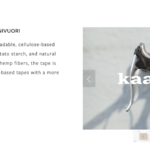
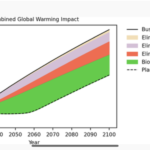
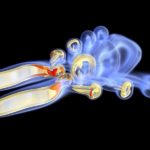

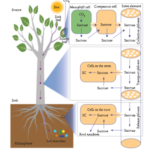
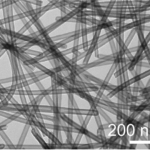
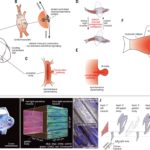
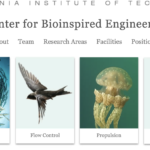
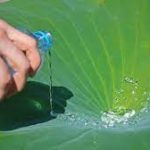
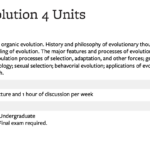
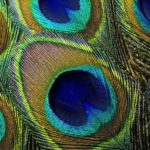
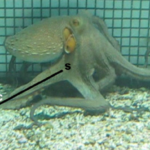
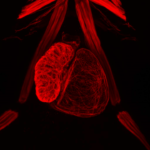
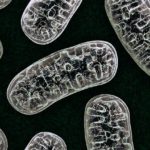
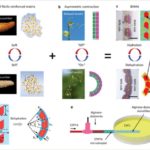
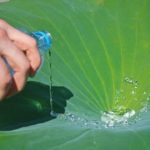
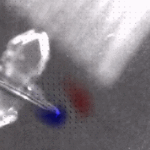
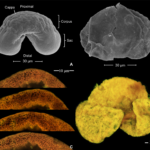
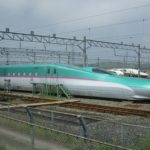
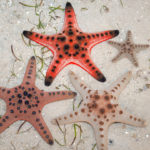
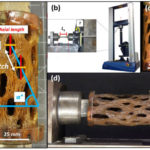


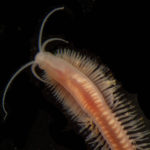

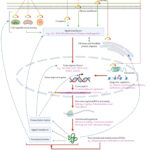
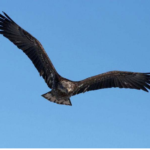
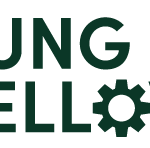
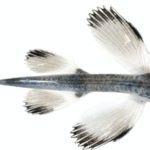
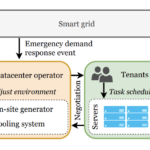
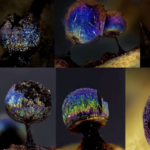


I imagine that the neurological circuits underlying these processes are governed by both 2d spacing maps with their brains as…
to reduce the impact of car accidents, it may be possible to study the force diverting physics of cockroaches to…
you see this type of head-bobbing stability in many avian creatures related to pigeons like chickens. the head ability to…
not like they taught horses how to run! this is an example of convergent evolution where both sea creatures and…
The brain functions in a similar way with neuronal connections. our brains are able to utilize the multiplicity of connections…